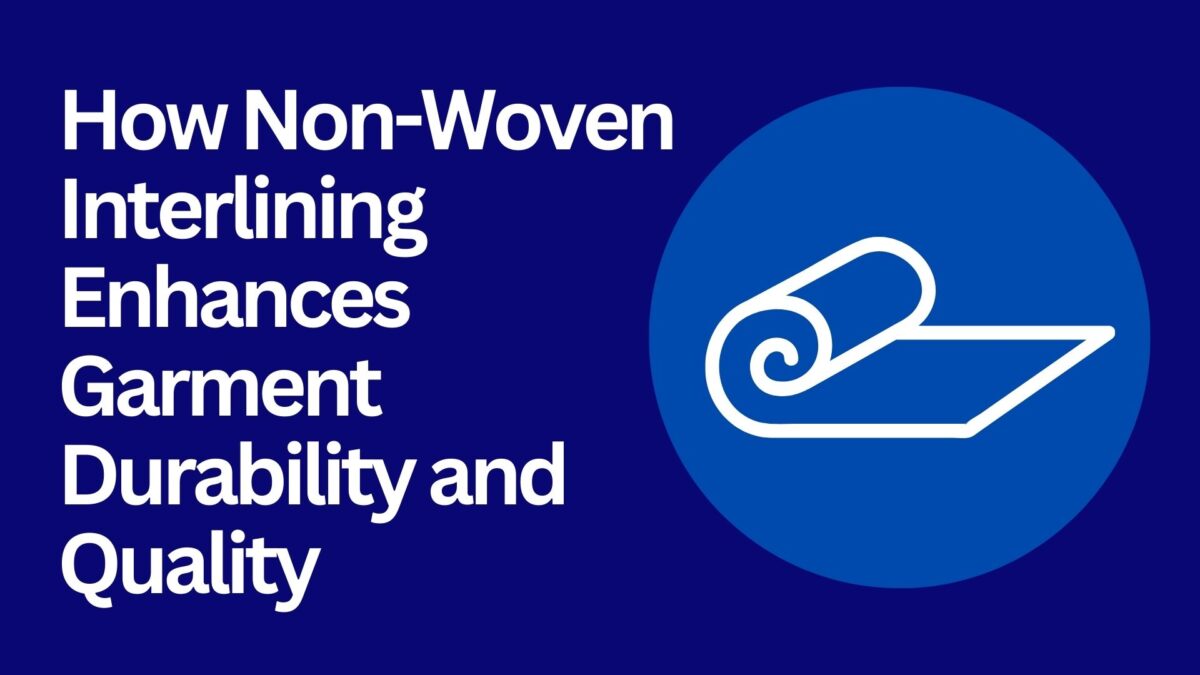How Non-Woven Interlining Enhances Garment Durability and Quality
When it comes to creating high-quality garments that stand the test of time, one key element often overlooked is non-woven interlining. This crucial component not only enhances the durability of your garments but also significantly improves their overall quality.
Table of Contents
- What is Non-Woven Interlining?
- Benefits of Non-Woven Interlining
- How Non-Woven Interlining Enhances Durability
- The Impact on Garment Quality
- Applications in Different Types of Garments
- Choosing the Right Non-Woven Interlining
- Tips for Using Non-Woven Interlining Effectively
- Conclusion
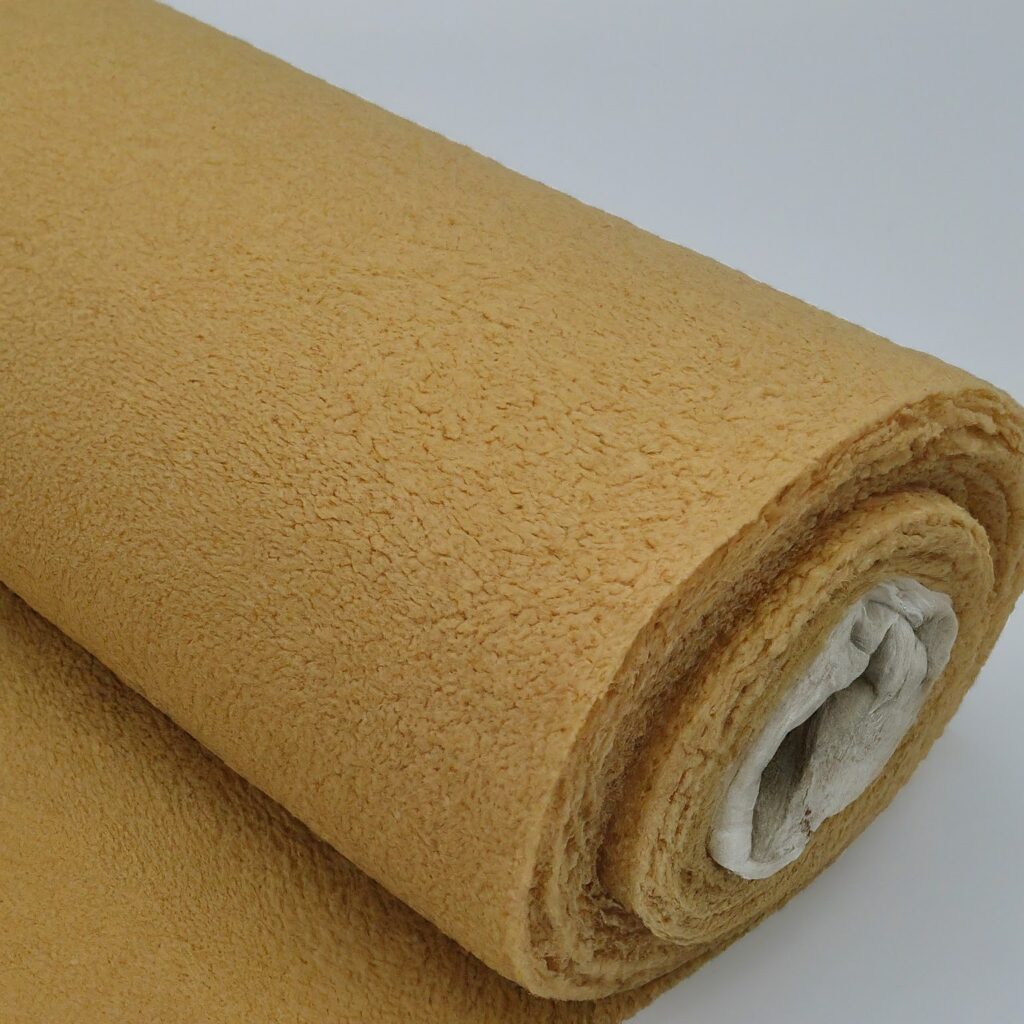
What is Non-Woven Interlining?
Non-woven interlining is a type of fabric used between the outer fabric of a garment and its lining. Unlike woven fabrics, which are made by weaving threads together, non-woven interlining is created by bonding fibers together through mechanical, chemical, or thermal processes. This results in a fabric that is lightweight, flexible, and offers excellent support.
Benefits of Non-Woven Interlining
Using non-woven interlining offers several advantages for garment construction:
- Metal Buttons: Classic and elegant, metal buttons come in gold, silver, or brass and add a sophisticated touch.
- Pearl Buttons: Ideal for formal events, pearl buttons offer a refined and timeless look.
- Fabric-Covered Buttons: These buttons are covered with the same fabric as your blazer, providing a seamless and understated appearance.
- Enamel Buttons: Vibrant and unique, enamel buttons can add a splash of color and personality to your blazer.
By integrating non-woven interlining into your garments, you can achieve superior quality that stands up to everyday use and provides a comfortable wearing experience.
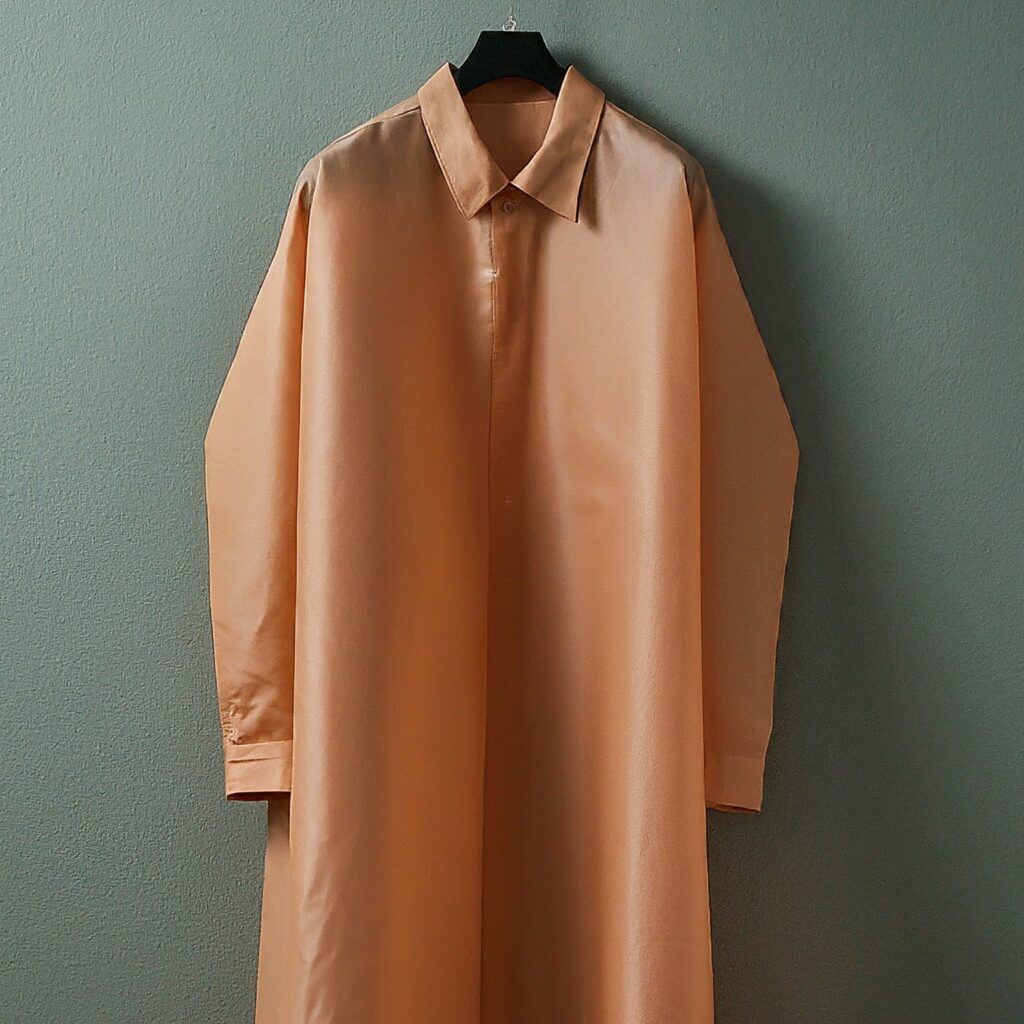
How Non-Woven Interlining Enhances Durability
Non-woven interlining plays a crucial role in extending the lifespan of garments. Here’s how:
- Structural Support: Adds structure to fabrics that may otherwise be too soft or flimsy. For example, it helps jackets maintain their shape and provides firmness to collars and cuffs.
- Wear Resistance: Improves the garment’s ability to withstand friction and stress. This is particularly useful for high-use areas like elbows and knees.
- Shape Retention: Helps garments keep their shape even after multiple washes and wears. This is essential for maintaining the garment’s original fit and appearance.
When used correctly, non-woven interlining ensures that your garments not only look great but also last longer, giving you more value from your investment.
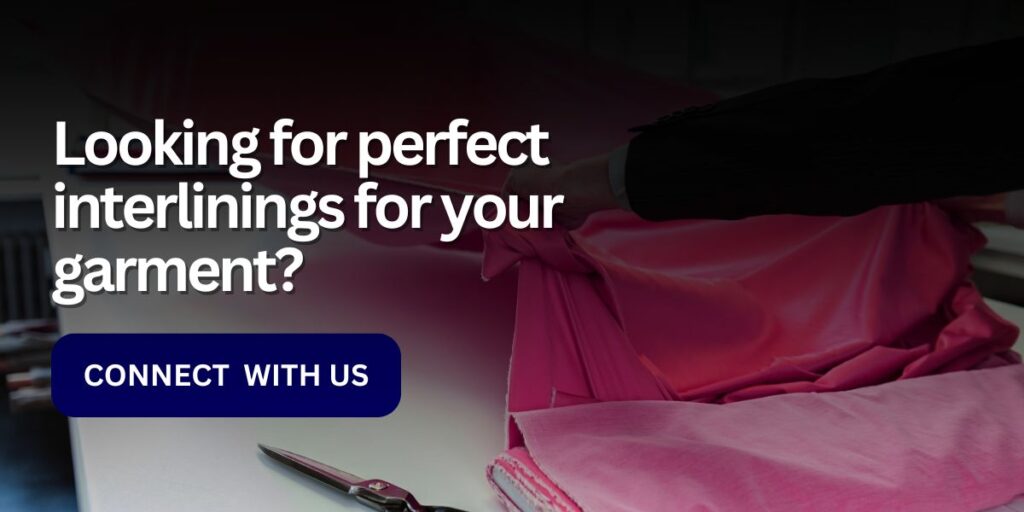
The Impact on Garment Quality
Integrating non-woven interlining into your garment design can drastically enhance its overall quality:
- Smooth Appearance: Contributes to a polished and refined look by preventing wrinkles and bunching.
- Soft Touch: Adds a layer of softness, making the garment more comfortable to wear.
- Consistent Shape: Ensures that the garment maintains its intended shape and structure throughout its lifecycle.
With non-woven interlining, you can elevate the quality of your garments, making them more attractive and comfortable for the wearer.
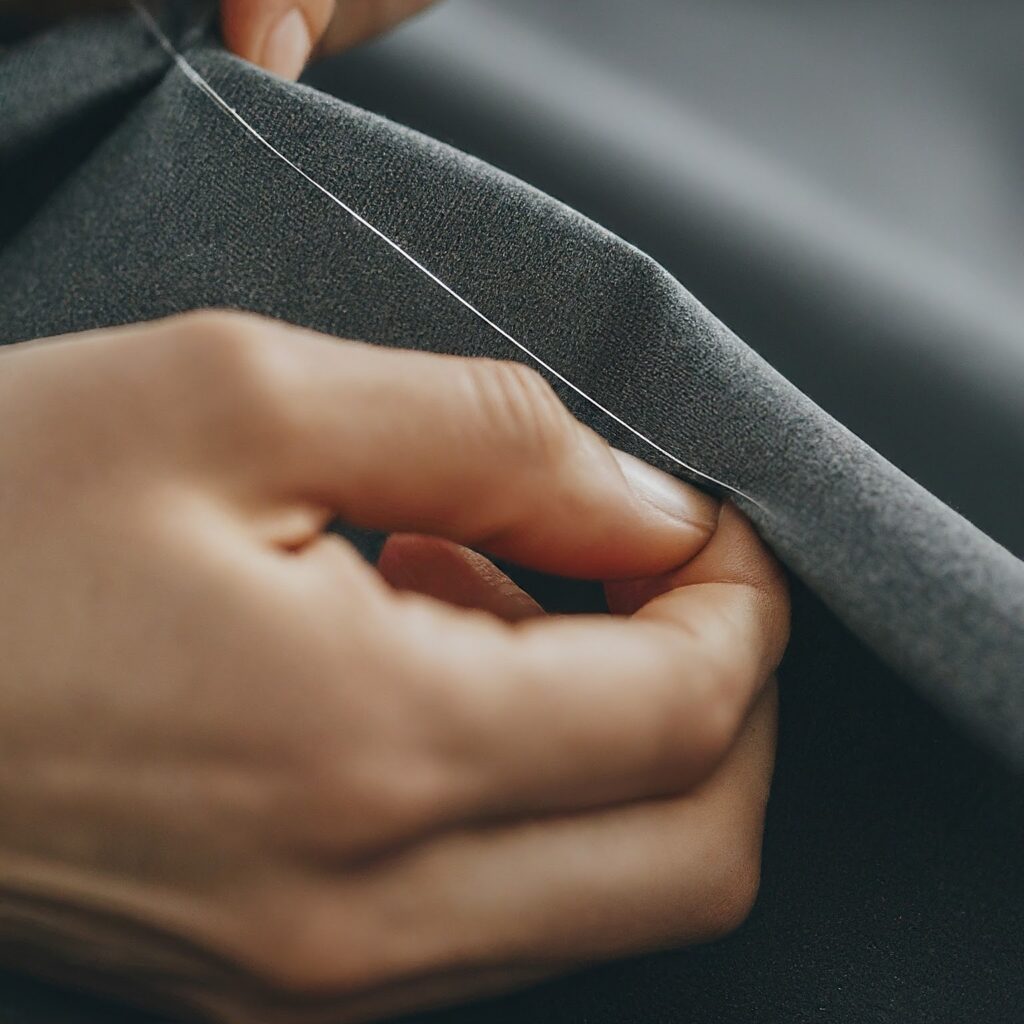
Applications in Different Types of Garments
Non-woven interlining is highly versatile and can be used in various types of garments:
- Jackets and Coats: Provides stiffness and structure to outerwear, ensuring a tailored look.
- Shirts and Blouses: Enhances collar and cuff structure while maintaining a soft feel.
- Suits and Blazers: Offers shape and support to keep the garment looking sharp and well-fitted.
- Skirts and Dresses: Adds volume and helps maintain the garment’s silhouette.
Choosing the Right Non-Woven Interlining
Selecting the right non-woven interlining involves considering several factors:
- Fabric Compatibility: Choose an interlining that matches the outer fabric in terms of weight and flexibility.
- Garment Purpose: Consider the end use of the garment to determine the level of support and comfort needed.
- Thickness and Weight: Opt for a thickness that provides adequate support without compromising the garment’s drape.
Making the right choice ensures that your garment benefits from the optimal combination of durability and quality.

Tips for Using Non-Woven Interlining Effectively
To maximize the benefits of non-woven interlining, follow these tips:
- Pre-Wash Interlining: Pre-wash the interlining fabric to prevent any potential shrinkage or distortion.
- Proper Application: Ensure that the interlining is properly fused or sewn into place to avoid wrinkles or shifting.
- Test Before Use: Always test the interlining on fabric scraps before applying it to your final garment to ensure compatibility and performance.
These tips will help you achieve a professional finish and ensure that your garments perform well over time.
Conclusion
Non-woven interlining is a game-changer in garment construction, offering enhanced durability and superior quality. By understanding how to select and apply non-woven interlining, you can significantly improve the longevity and overall look of your garments. Whether you’re working with jackets, shirts, or dresses, integrating non-woven interlining can elevate your creations to new heights of quality and performance.
Happy tailoring!
Link of related Articles
- The Future of Non-Woven Interlining: Innovations, Trends, and Applications
- Non-Woven Fabric Manufacturing Process: A Detailed Guide
- What is Non-Woven Interlining Used For? | Benefits & Applications

